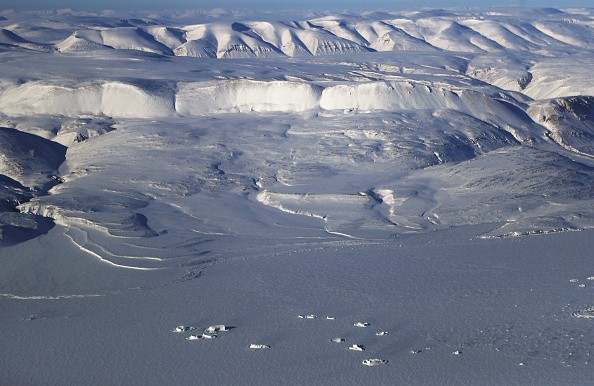It is possible that the soot particles emitted by the massive flames reach as far north as the Arctic, where they may be accelerating warming. New study suggests the impact of these soots may be much greater than scientists believed.

Arctic Expected to be Ice-free During Summer by Mid-century
An assistant professor of environmental research from Japan's University of Nagoya revealed to Insider that the quantity and volume of biomass burning are growing as global warming increases.
Particles in the soot from the flames are referred to as "black carbon." Experts told Insider that scientists are attempting to figure out how their emissions could affect the rate at which global temperatures increase.
The Arctic is becoming twice as hot as other places on earth. Ice sheets in the Arctic reflect sunlight back into space, protecting the Earth from the sun's heat. As the Arctic fades away, the sun's rays warm the Earth, causing global warming.
The Arctic is expected to be ice-free during the summer by the middle of the century, according to current scientific predictions. Research published in the peer-reviewed journal Atmospheric Chemistry and Physics on Thursday found that current climate models underrated what wildfires contributes to Arctic's black carbon by a factor of three.
Black Carbon Could Speed-up the Rise in Temperature
According to Makoto Koike, an associate professor at the University of Tokyo, CO2 emissions are the primary engine behind global warming. Besides being a co-author on the article, Koike also conducted the research.
Black carbon may possibly contribute to the fast rise in temperature, although there are huge doubts about this as well.
Fires like the Zombie Siberian wildfire and the ones that devastate North America year after year produce black carbon, which travels to the Arctic and contributes to global warming.
A senior scientist at the British Antarctic Survey revealed to Insider that the Arctic is influenced quite a lot because these emission sources are very near, but the Antarctic is much, much farther away.

Does Black Carbon Warm the Atmosphere?
Experts told Insider that the darkening of the ice makes it have a greater chance of melting, which is an undeniable impact of black carbon. In terms of whether black carbon warm the atmosphere, there is considerable doubt.
Black carbon's impacts, according to professor and author of a recent Arctic Council study on the subject, Mikael Hildén, may cut both ways.
It is possible to cool the atmosphere by reflecting light back into space from forest fires by emitting sulfur with the black carbon. As long as this effect dominates other warming effects, it may not be as disastrous for the earth.
In contrast, other black carbon particles may be coated with compounds that make them more absorbent, resulting in even more heat being released, according to Ohata.
A "cooling effect" or a "warming effect" might be achieved depending on the source of the black carbon and the amounts, said Hildén.
Related Article : Over 80 Percent of All Wildfires in the Past 20 Years Were Caused by Humans, Study Shows
For more news, updates about wildfires and similar topics don't forget to follow Nature World News!
© 2025 NatureWorldNews.com All rights reserved. Do not reproduce without permission.





